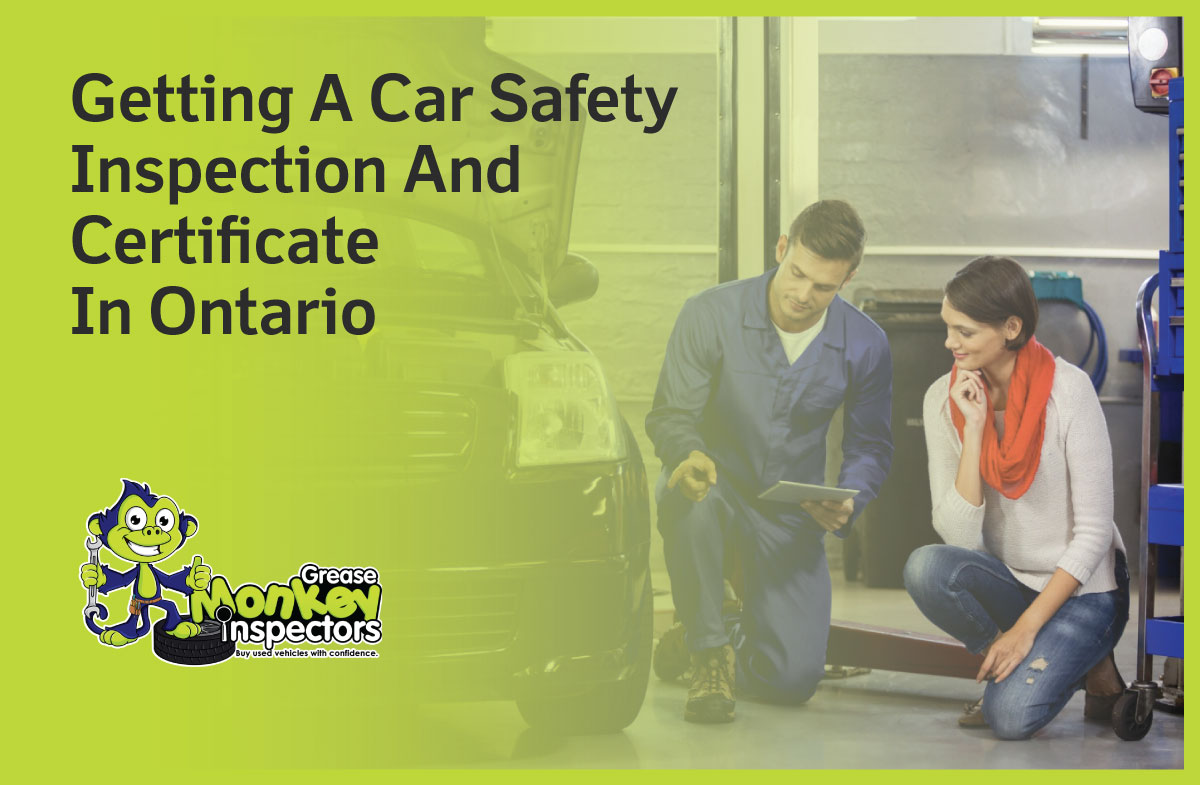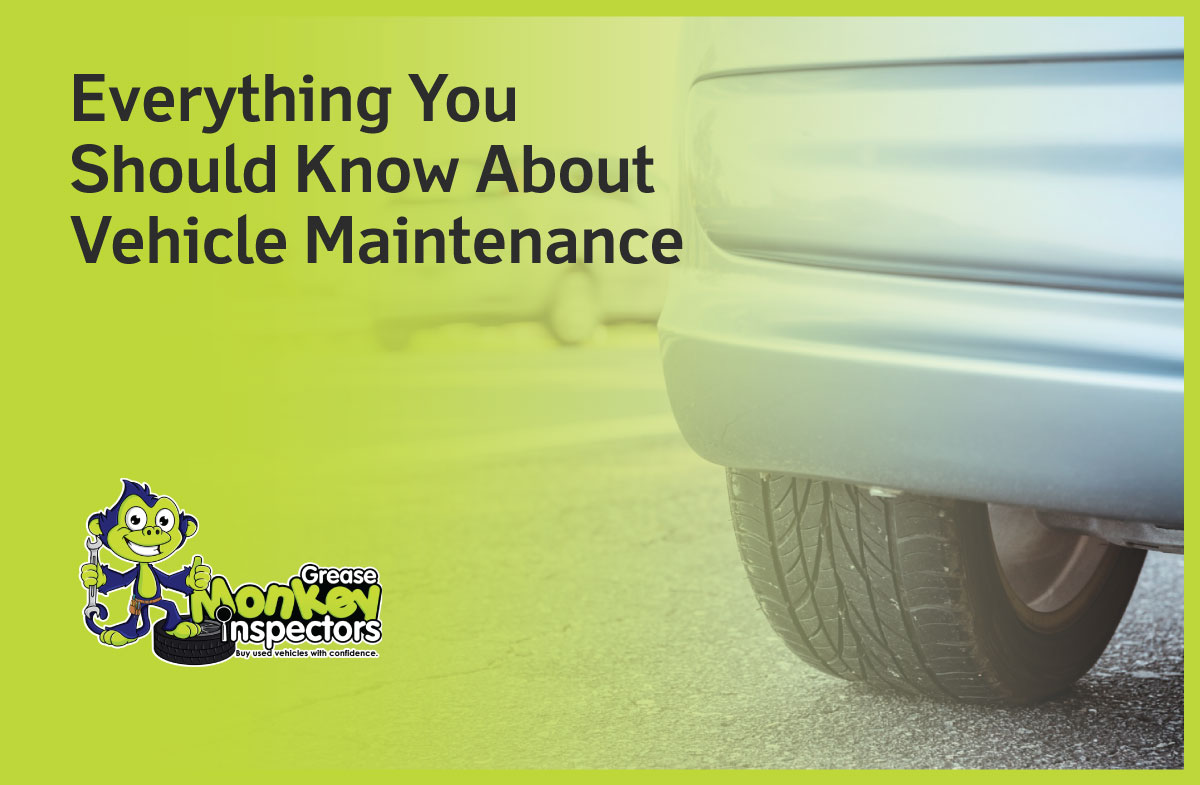Buying a used car can be a smart and cost-effective decision. However, it also comes with risks, especially if the car has hidden issues like flood damage. At Greasemonkey Inspectors, we prioritize ensuring you make informed decisions when buying a used car in Ontario or anywhere in Canada. Below, we highlight key signs of flood damage and the steps you should take to avoid purchasing a problematic vehicle.
Recognizing the Signs of Flood Damage
- Musty Odor and Mold Presence When buying a used car, always check for any musty odors inside the vehicle. A persistent damp or moldy smell is a clear indicator that water has infiltrated the car. Mold thrives in moisture, and its presence can suggest that the vehicle has suffered flood damage. Pay close attention to any unusual smells during your inspection.
- Visible Water Lines and Stains Floodwaters often leave behind visible traces. Carefully inspect the car’s interior for water lines or stains on the carpet, upholstery, and interior panels. Don’t forget to look under the floor mats, in the trunk, and along the doors. These stains are strong indicators that the vehicle may have been exposed to flooding.
- Rust and Corrosion in Unusual Areas While some rust is common in older cars, be cautious of rust in unexpected places, such as inside the engine compartment or undercarriage. Floodwaters can accelerate the rusting process, leading to corrosion that can weaken the car’s structure over time. If you notice rust in areas that should remain dry, this could be a red flag.
- Electrical System Malfunctions Flooding can seriously damage a car’s electrical systems. Look out for issues like malfunctioning lights, power windows, or door locks. Any erratic behavior from the car’s electronics during your test drive could be a sign that water has compromised the wiring and other electrical components.
- Inconsistent Vehicle History Reports Before buying a used car in Canada, always obtain a detailed vehicle history report. Look for any discrepancies or records of flood damage, salvage titles, or accidents. If the report reveals any inconsistencies, it’s essential to investigate further or reconsider your purchase.
What to Do If You Suspect Flood Damage
If you suspect flood damage when buying a used car in Ontario, take the following steps to protect yourself:
- Get a Professional Inspection: Schedule a thorough inspection with Greasemonkey Inspectors. Our team specializes in pre-purchase vehicle inspections and can identify hidden flood damage that might not be apparent to the untrained eye. Learn more about our services here.
- Verify the Vehicle Title: Ensure that the vehicle’s title matches the VIN (Vehicle Identification Number) and check for any branding indicating flood damage or a salvage status.
- Walk Away If Unsure: If the seller is unwilling to provide detailed information or if doubts persist, it’s better to walk away. Always prioritize your safety and investment.
Regions to Be Extra Cautious When Buying a Used Car
In certain regions, the risk of encountering flood-damaged vehicles is higher. If you’re buying a used car in areas like Florida, Louisiana, Texas, or any region prone to hurricanes and heavy rainfall, you need to be extra vigilant. Natural disasters can result in a surge of flood-damaged cars entering the used car market.
Use Caution in Your Used Car Purchase
Buying a used car requires careful attention to detail, particularly when it comes to flood damage. By staying alert and taking the necessary precautions, you can avoid purchasing a car with hidden issues. Trust Greasemonkey Inspectors to provide a comprehensive inspection that ensures your next used car purchase is a reliable one.
FAQ – Frequently Asked Questions for Flood-Damaged Vehicles
Can a Flooded Car Be Fixed? Yes, but it can be challenging and costly. Repairing a flood-damaged vehicle often involves extensive work on the engine, transmission, and electrical systems. This process may not always restore the car to its pre-flood condition, and the costs can exceed the car’s value.
Is It Illegal to Sell a Flood-Damaged Car? Laws vary by location, but many jurisdictions require sellers to disclose any known damage, including flood damage. Failure to do so can result in legal consequences.
How to Tell If a Car Has Been Flooded? Follow the guidelines in this article, and trust your instincts. If a car seems priced too low, proceed with caution. Always perform due diligence to avoid a flood-damaged car.
Are Flood-Damaged Cars Worth Buying? Generally, no. The risks and potential hidden damage outweigh the benefits. It’s best to avoid flood-damaged vehicles unless you’re prepared for costly repairs with no guaranteed outcome.
If you’re in the market for a used car, make sure you take advantage of Greasemonkey Inspectors’ comprehensive pre-purchase inspection services. Explore our inspection packages here.










